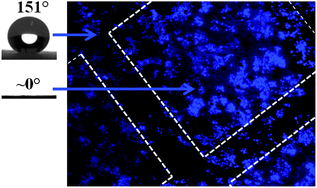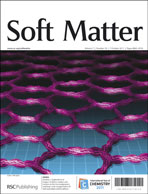Surface chemistry is known to have a profound influence on cellular behavior. However, the cells' responses on surfaces exhibiting extreme wettability values are not yet fully understood. In this work, bioinspired superhydrophobic polystyrene (PS) surfaces were produced by a phase separation method and the in vitro performance of three different cell lines (SaOs-2, L929 and ATDC5) was assessed on those surfaces. Compared to standard tissue culture PS, it was found that ATDC5 and SaOs-2 cell lines were not able to proliferate on such surfaces and the cell morphology was affected; however L929 cells could proliferate. The attachment, morphology and proliferation of SaOs-2 were studied on rough and smooth PS surfaces with wettability controlled by UV/O3 (UVO) irradiation, ranging from superhydrophobic to superhydrophilic. After 4 hours in culture, the attachment of SaOs-2 was higher on the surfaces treated during 18 minutes, namely on rough superhydrophilic and highly hydrophilic smooth PS surfaces. The proliferation after 6 days in culture was higher in surfaces with water contact angles ranging from 13° to 30°, independently of being rough or smooth. Moreover, well defined superhydrophilic spots were patterned on superhydrophobic surfaces, by using hollowed masks to localize the UVO irradiation treatment. It was possible to localize the proliferation of SaOs-2 cells on these superhydrophilic spots. This work suggests that the introduction of random micro/nano roughness and further chemical modification by UVO irradiation may be an elegant and easy method to control spatially the attachment/proliferation of cells in distinct materials with possible uses in high-throughput analysis, microfluidic systems or even in 3D systems.

You have access to this article
 Please wait while we load your content...
Something went wrong. Try again?
Please wait while we load your content...
Something went wrong. Try again?


 Please wait while we load your content...
Please wait while we load your content...